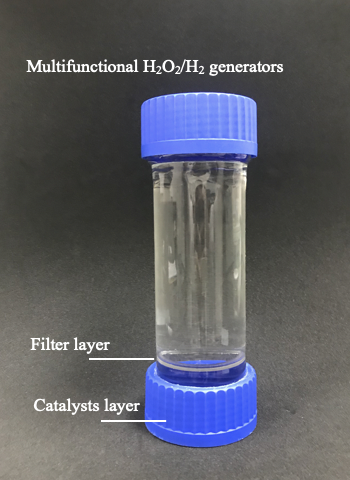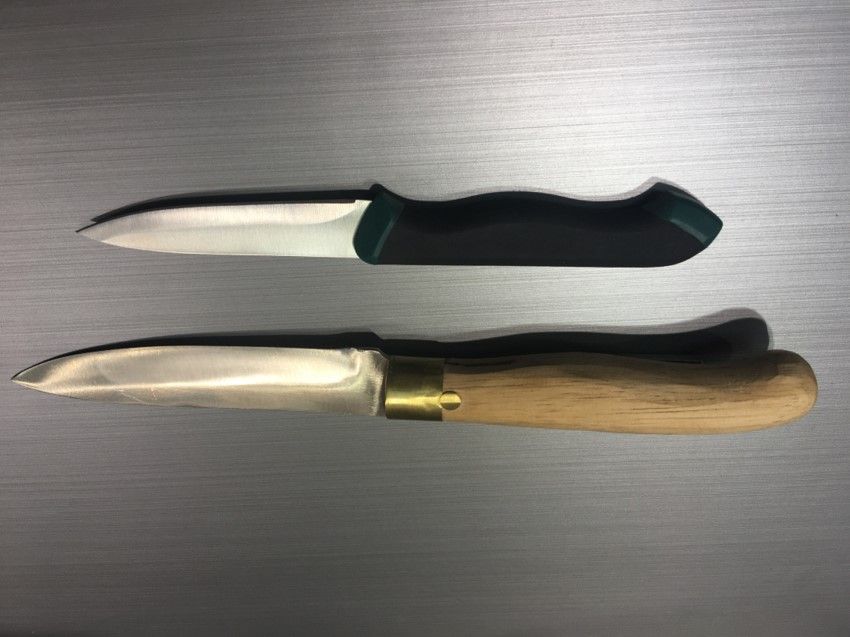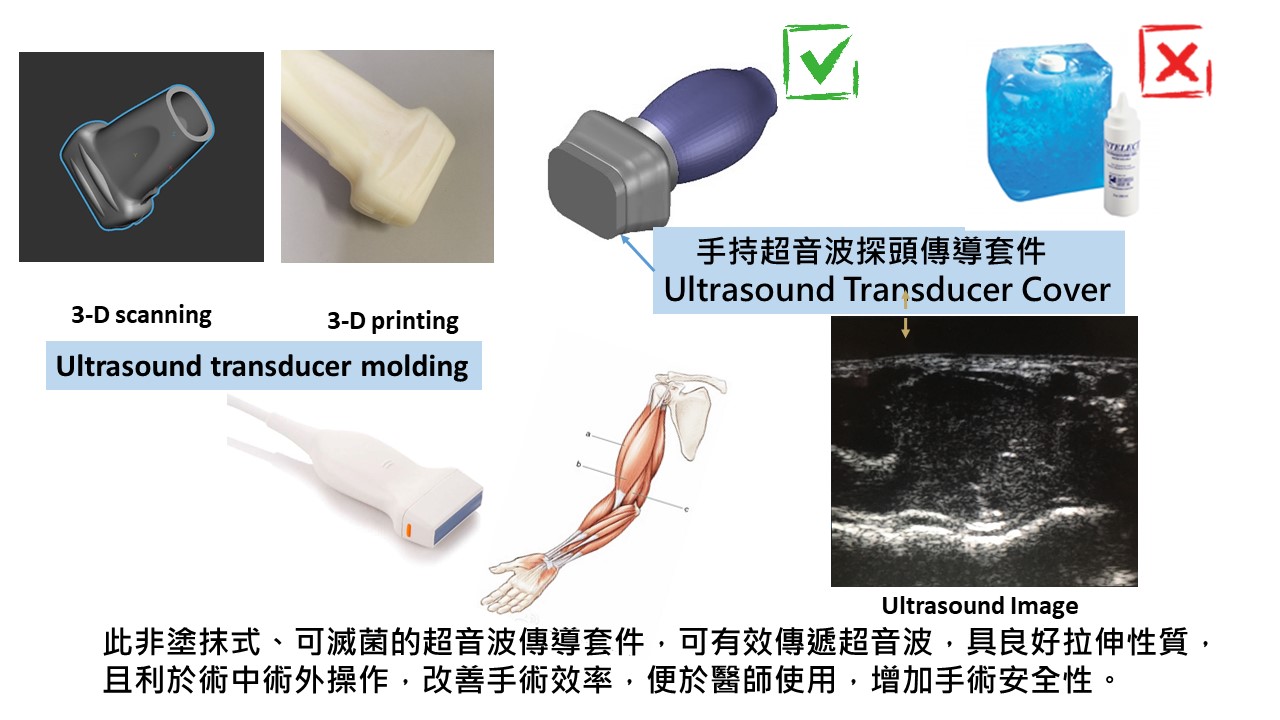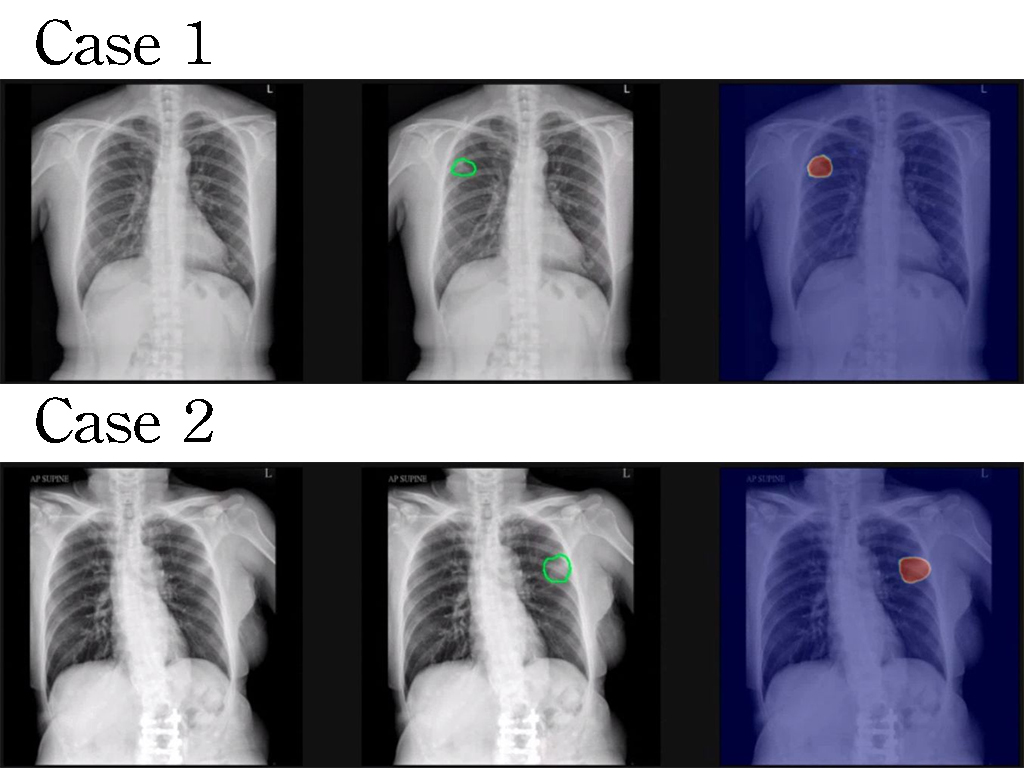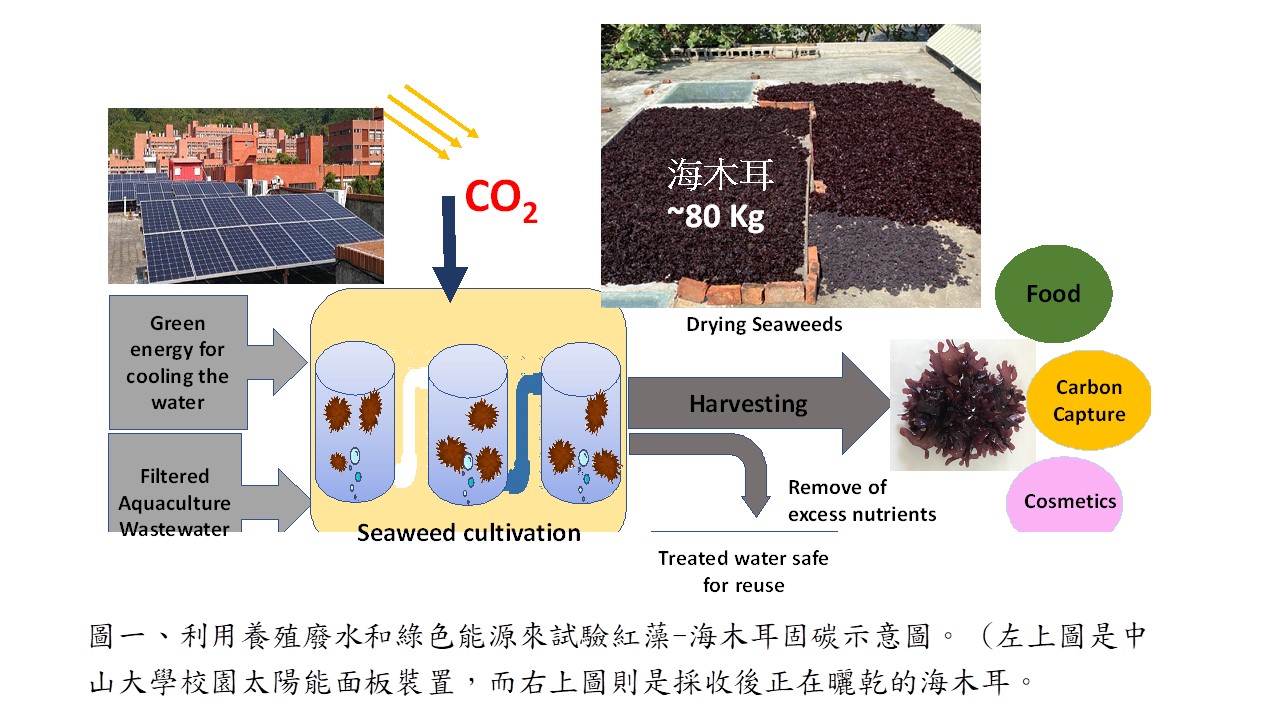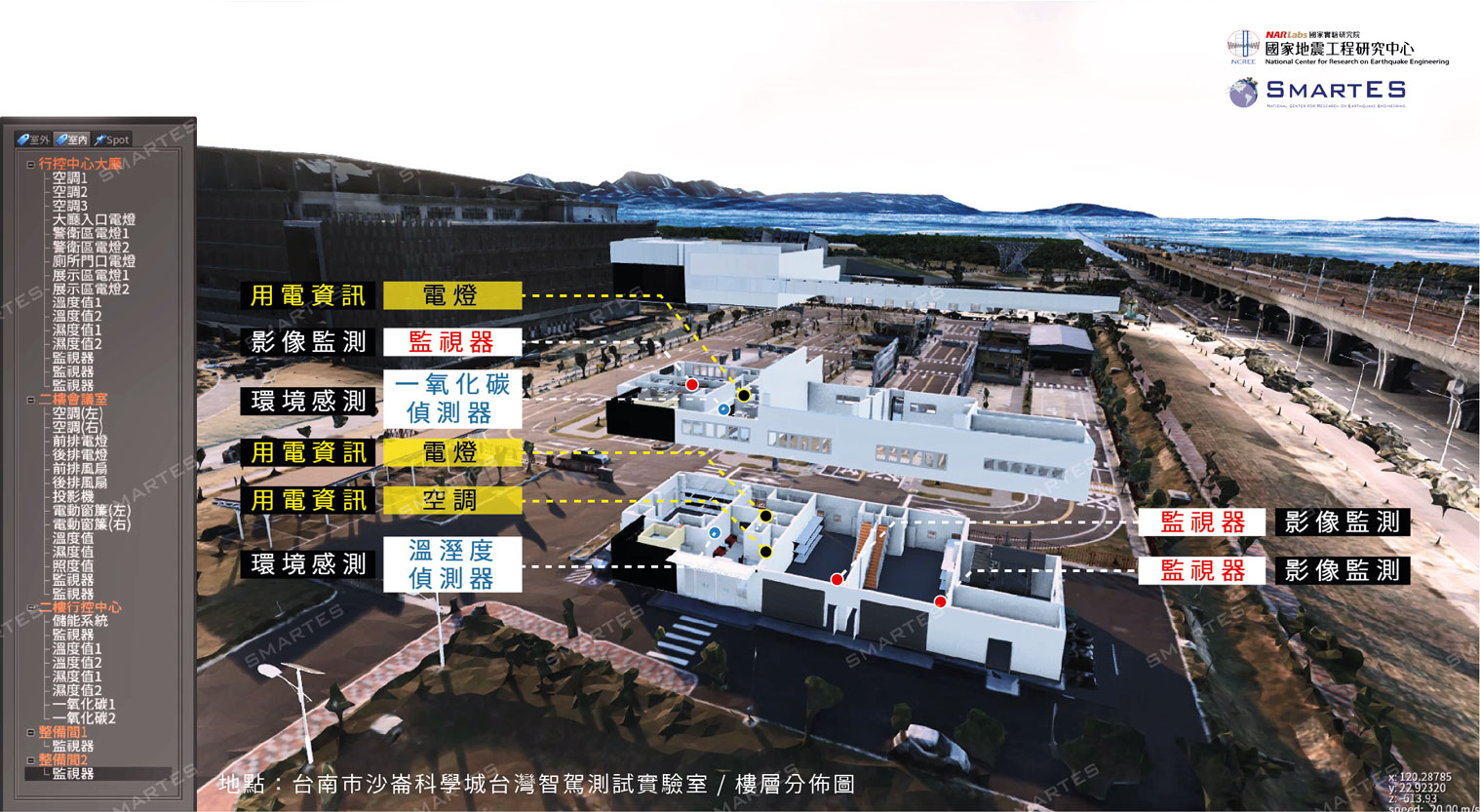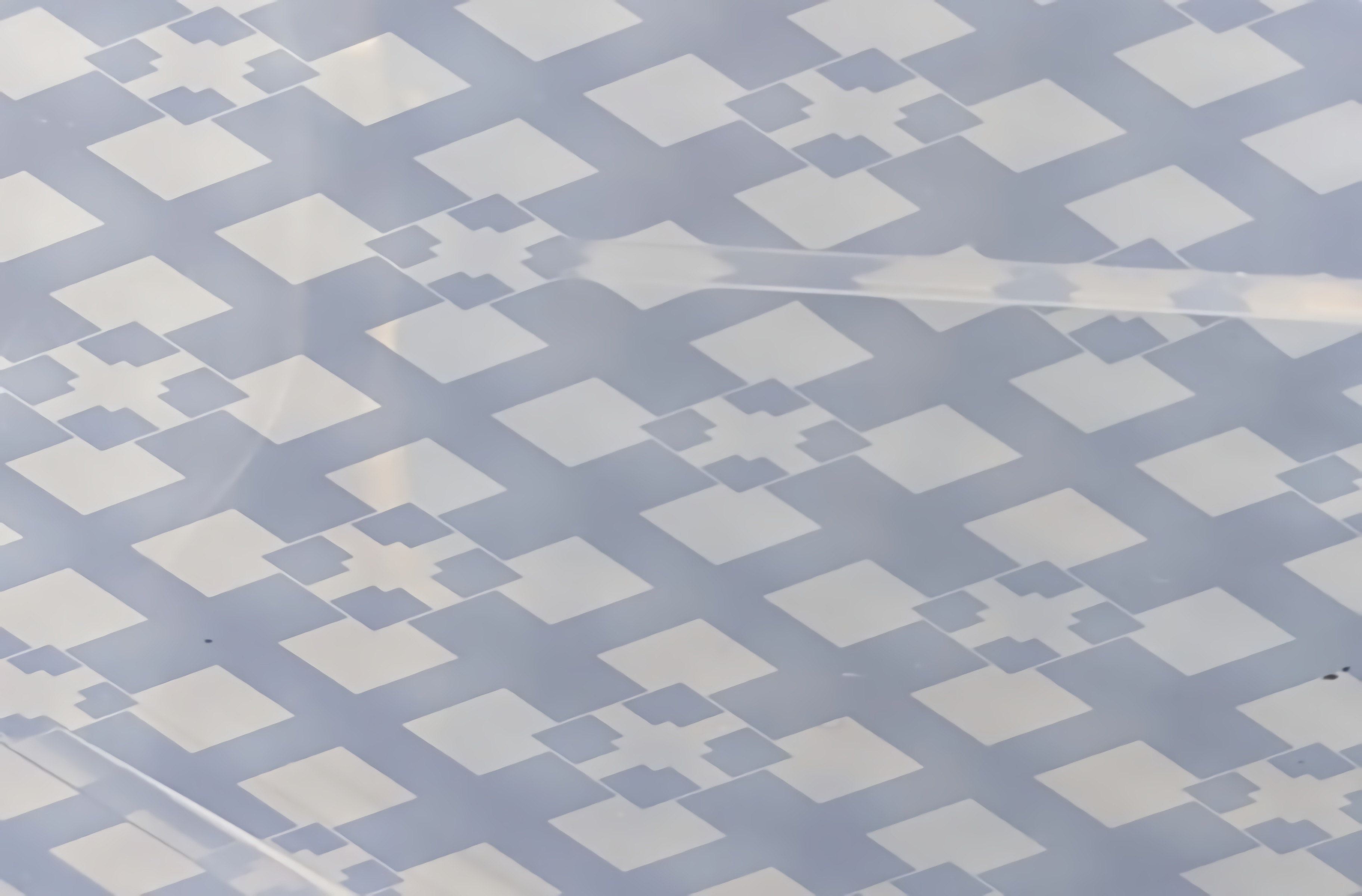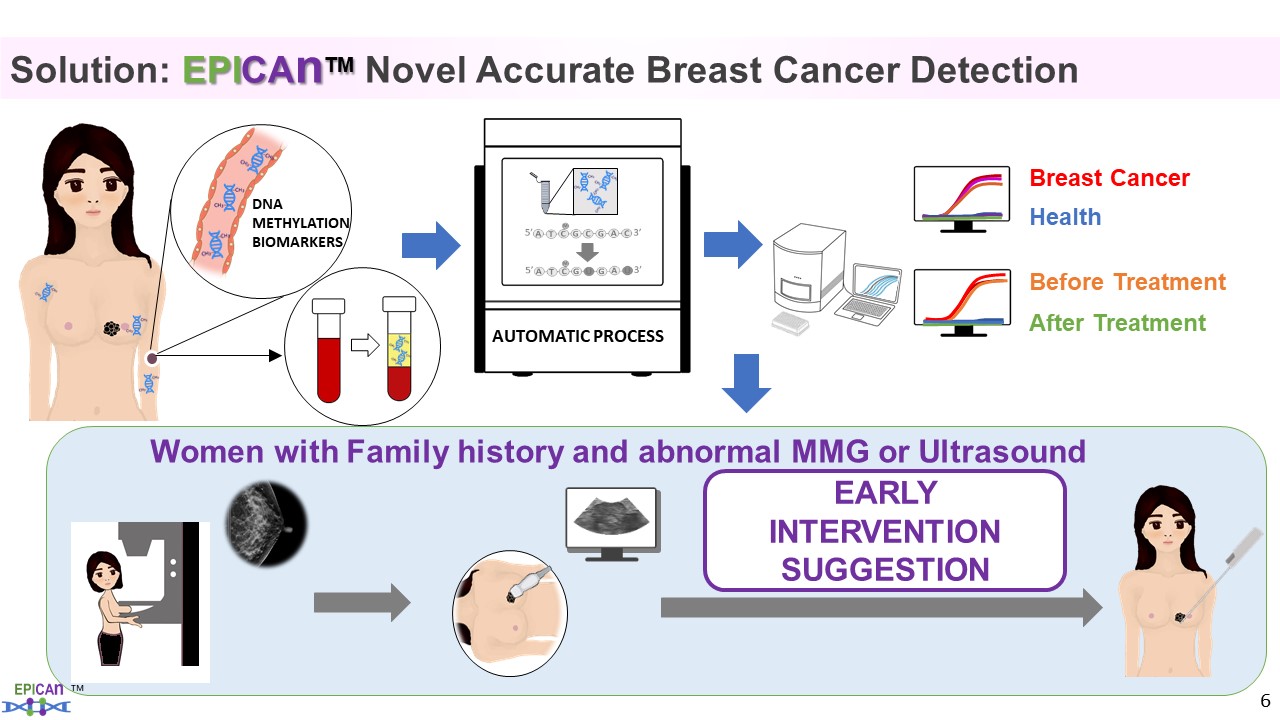| Technical Name |
The development of bioconcrete with photocatalytic, hydrophobic, antivi ral and antibacterial functions using microbial induced precipitation |
| Project Operator |
National Chung Cheng University |
| Project Host |
陳建易 |
| Summary |
Using bio-concrete to cultivate nano zinc oxide endows it with exceptional properties: Enhanced Strength: Nano zinc oxide and CaCO3 improves concrete's mechanical strength. Photocatalytic: It decomposes air pollutants, purifying air and offering self-cleaning. Hydrophobic: Reduces water penetration, decreasing bacteria and fungi growth. Antimicrobial: Hydroxyl radicals from photocatalysis damage viruses, bacteria, and fungi. Self-Healing: Repairs micro-cracks, extending concrete lifespan. |
| Scientific Breakthrough |
Adding nano zinc oxide to cement for photocatalysis faces compatibility issues, hindering proper setting and strength. Microbial Induced Precipitation (MIP) applies bio-cement to generate nano zinc oxide and calcium carbonate, improving its performance. Nano zinc oxide degrades volatile organic compounds, providing self-cleaning capabilities and enhancing durability. MIP is a major advancement in building materials, offering multifunctional properties and improved sustainability. |
| Industrial Applicability |
Aiming for net-zero carbon by 2050, we develop carbon storage using microbial mineralization that can been used for slope stabilization and waterproofing. Our technology, performed at room temperature, turns slag into low-carbon concrete, promoting green building solutions and reducing energy costs. Amid the pandemic, we created antiviral building materials, including the nation's first verified antiviral ceiling panels with eco-friendly coatings, enhancing health and safety. |
| Keyword |
Microbial Induced Precipitation, MIP bio-concrete Photocatalysis self-cleaning antiviral and antibacterial self-healing CO2 Capture by Calcium Looping Slag converted into low carbon concrete Nano zinc oxide cement modifier |

